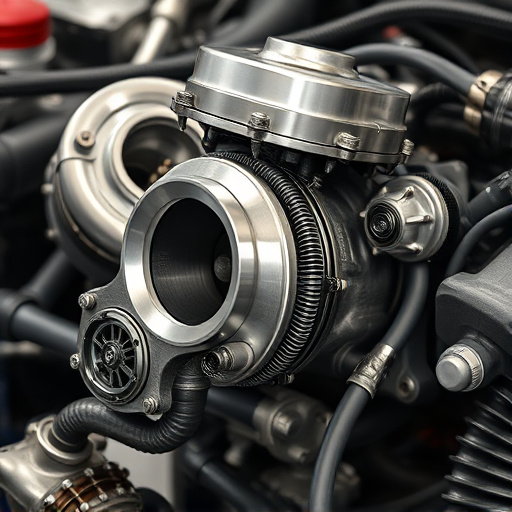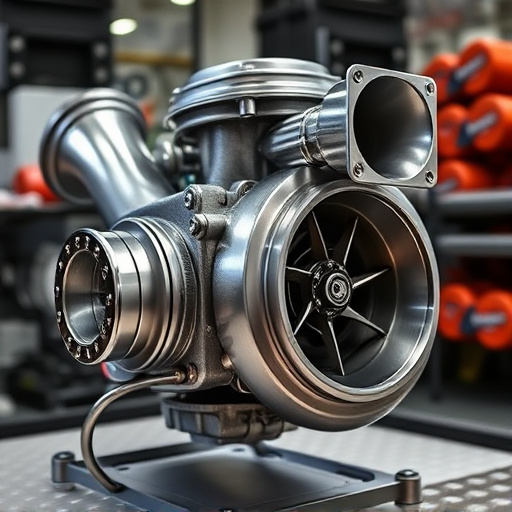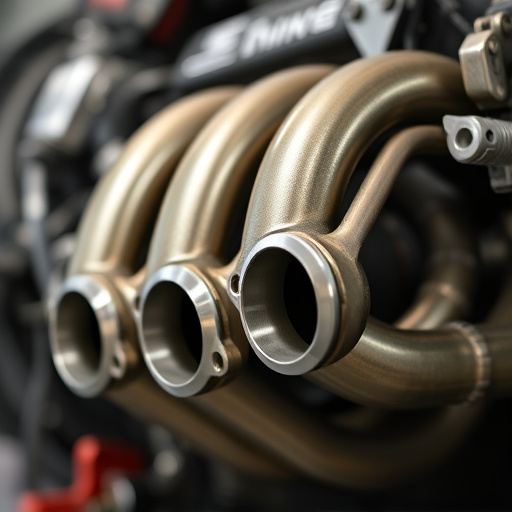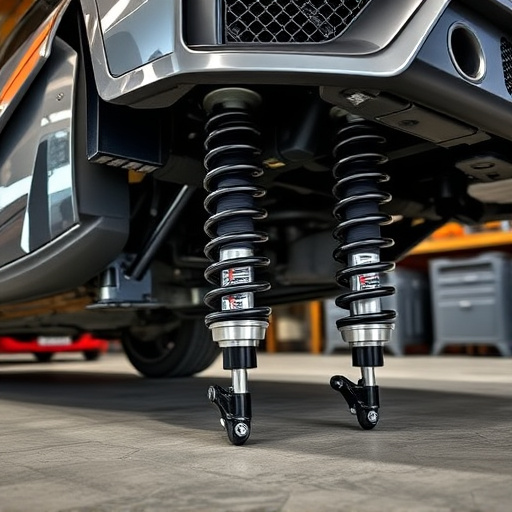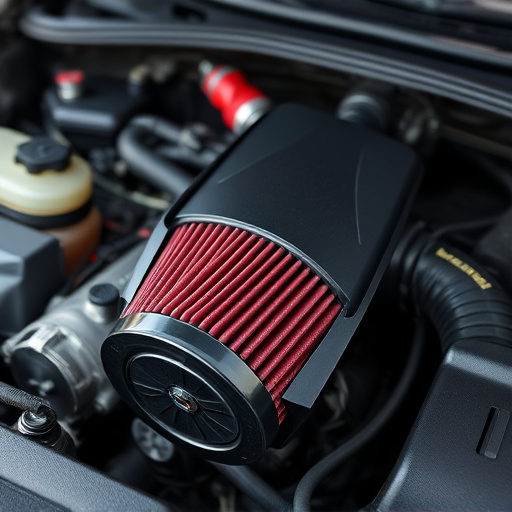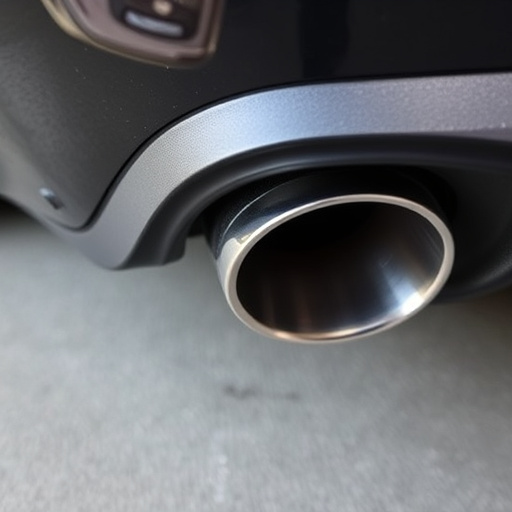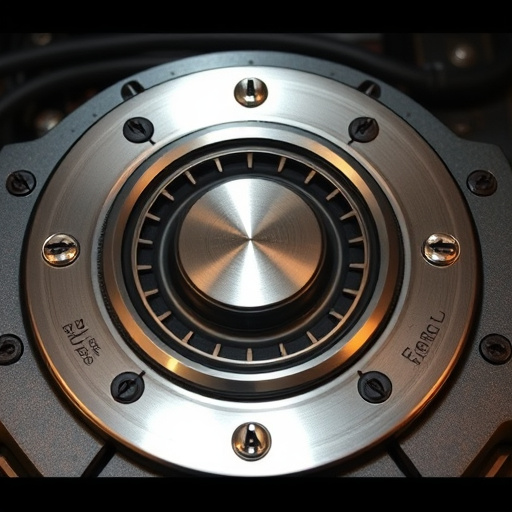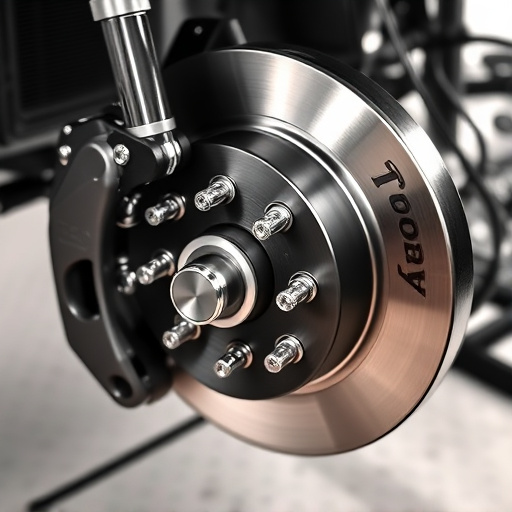The vehicle suspension system, comprising springs, shock absorbers, control arms, ball joints, and stabilizer bars, is critical for comfort, control, and safety. Regular maintenance, including seasonal checks and replacements of worn parts like brake pads, aligns with proactive care. This extends the lifespan of the suspension, enhances handling, and ensures year-round optimal performance, addressing climate-related impacts on components. Simple practices such as tire pressure checks and air filter services further improve efficiency and reduce strain, contributing to a smoother ride and consistent road contact.
Keeping your vehicle’s suspension system in top shape is crucial for safety, handling, and comfort year-round. This comprehensive guide walks you through understanding your car’s intricate suspension components, performing seasonal checks and adjustments, and adopting best practices for longevity and optimal performance. From regular maintenance to season-specific tips, learn how to ensure your vehicle’s suspension system remains reliable and efficient in all seasons.
- Understanding Your Vehicle's Suspension System
- Seasonal Maintenance Checks and Adjustments
- Tips for Longevity and Performance Optimization
Understanding Your Vehicle's Suspension System

The vehicle suspension system is a complex network of parts designed to ensure optimal driving comfort and control. It includes springs, shock absorbers (also known as struts), control arms, ball joints, and stabilizers bars, all working together to keep your vehicle level and handle road irregularities smoothly. Understanding how each component functions is key to maintaining your suspension system effectively.
For instance, springs absorb impacts from bumps and potholes, while shock absorbers dissipate the energy generated by those impacts, preventing excessive movement of the suspension. Brake pads, although not directly part of the suspension, play a crucial role in supporting its performance by enabling precise control during braking. Regular checks and replacements of these components, along with other essential suspension parts, can significantly impact your vehicle’s handling, safety, and longevity.
Seasonal Maintenance Checks and Adjustments

Seasonal changes can take a toll on your vehicle’s suspension system, so regular maintenance checks and adjustments are essential throughout the year. In colder climates, for instance, salt and sand used to de-ice roads can accelerate corrosion and wear on components like shock absorbers and struts. Conversely, warmer seasons bring increased humidity and varying temperatures that can affect fluid levels and consistency in your vehicle’s suspension.
To ensure optimal performance brakes, cold air intakes, and overall vehicle stability, schedule seasonal checks. During these visits, mechanics should inspect and adjust your vehicle’s alignment, check for leaks in suspension fluids, and replace worn brake components. Proactive maintenance not only extends the lifespan of your suspension system but also improves safety and driving dynamics, ensuring your vehicle handles well year-round.
Tips for Longevity and Performance Optimization

To ensure your vehicle suspension system performs optimally and lasts for years to come, regular maintenance is key. One of the simplest yet most effective practices is keeping an eye on tire pressure; even a small deviation from the recommended PSI can affect handling and wear patterns. Regularly inspecting your brakes, including rotor condition, is also crucial as worn or warped rotors can lead to reduced braking performance and increased suspension stress.
Additionally, servicing your vehicle’s intake components, such as air filters, can enhance airflow, contributing to better engine performance and reducing the strain on the entire suspension system. Remember, a well-maintained suspension not only improves vehicle performance but also ensures a smoother ride and enhances safety by keeping all four wheels in optimal contact with the road surface year-round.
Maintaining your vehicle’s suspension system is crucial, regardless of the season. By understanding how it works, conducting regular seasonal checks and adjustments, and adopting tips for longevity and performance optimization, you can ensure your vehicle remains in top shape year-round, enhancing safety and comfort on every drive.




